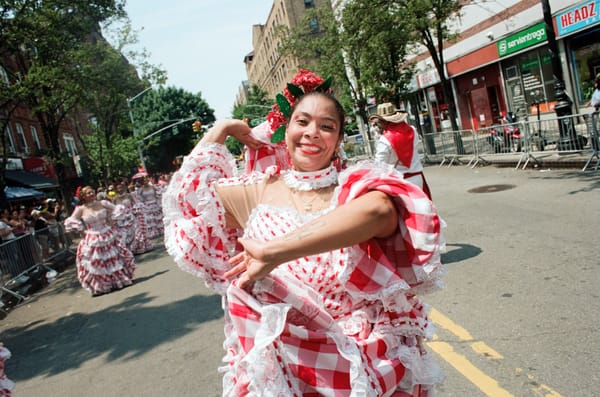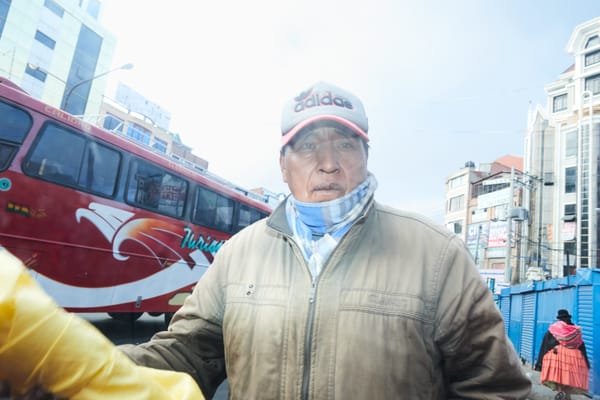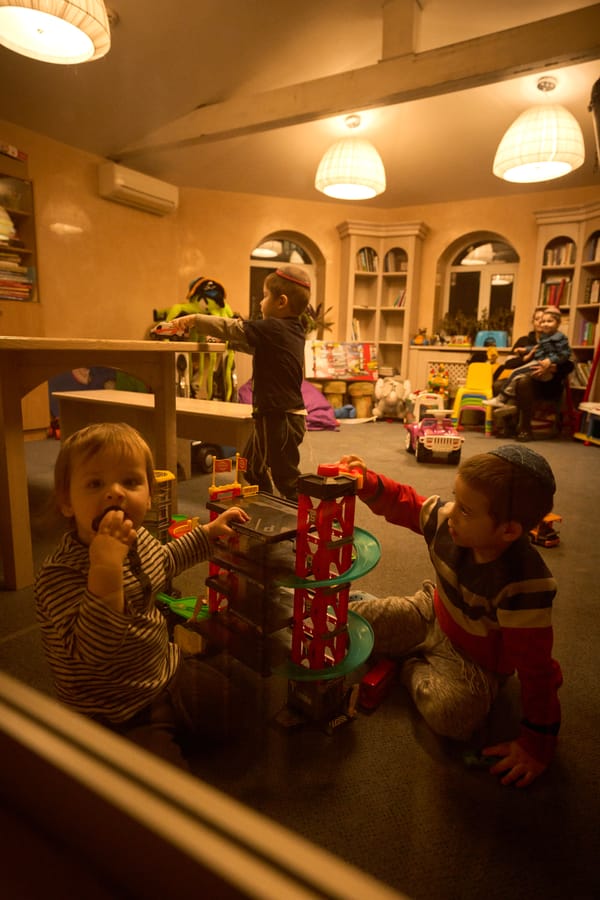La Costa Chica
I return to my favorite part of Mexico.
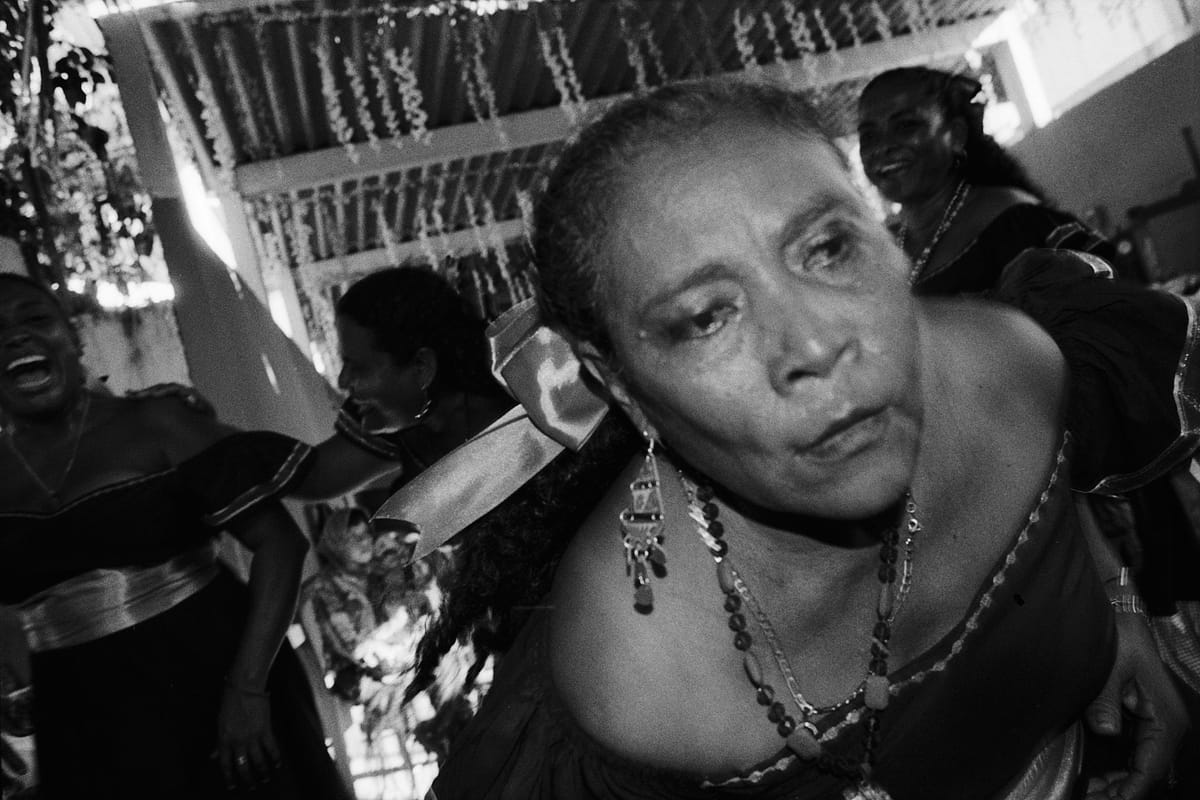
In 2022, I moved to Pinotepa Nacional, Oaxaca. I'd long been interested in doing a project on the region's Afro population and I had six months to kill before starting a Fulbright in Moldova. I quickly fell in love with the place.
Pinotepa is one of the biggest towns on the Costa Chica, an unoficial geo-cultural region that stretches roughly from just south of Acapulco, Guerrero, to Rio Grande, Oaxaca, which is like an hour north of Puerto Escondido.
The Costa Chica is poor and there isn't much tourism yet. Walking the streets of Pinotepa, friends and strangers alike scream out "güero!" to me, which is Mexican for something like 'white boy'.
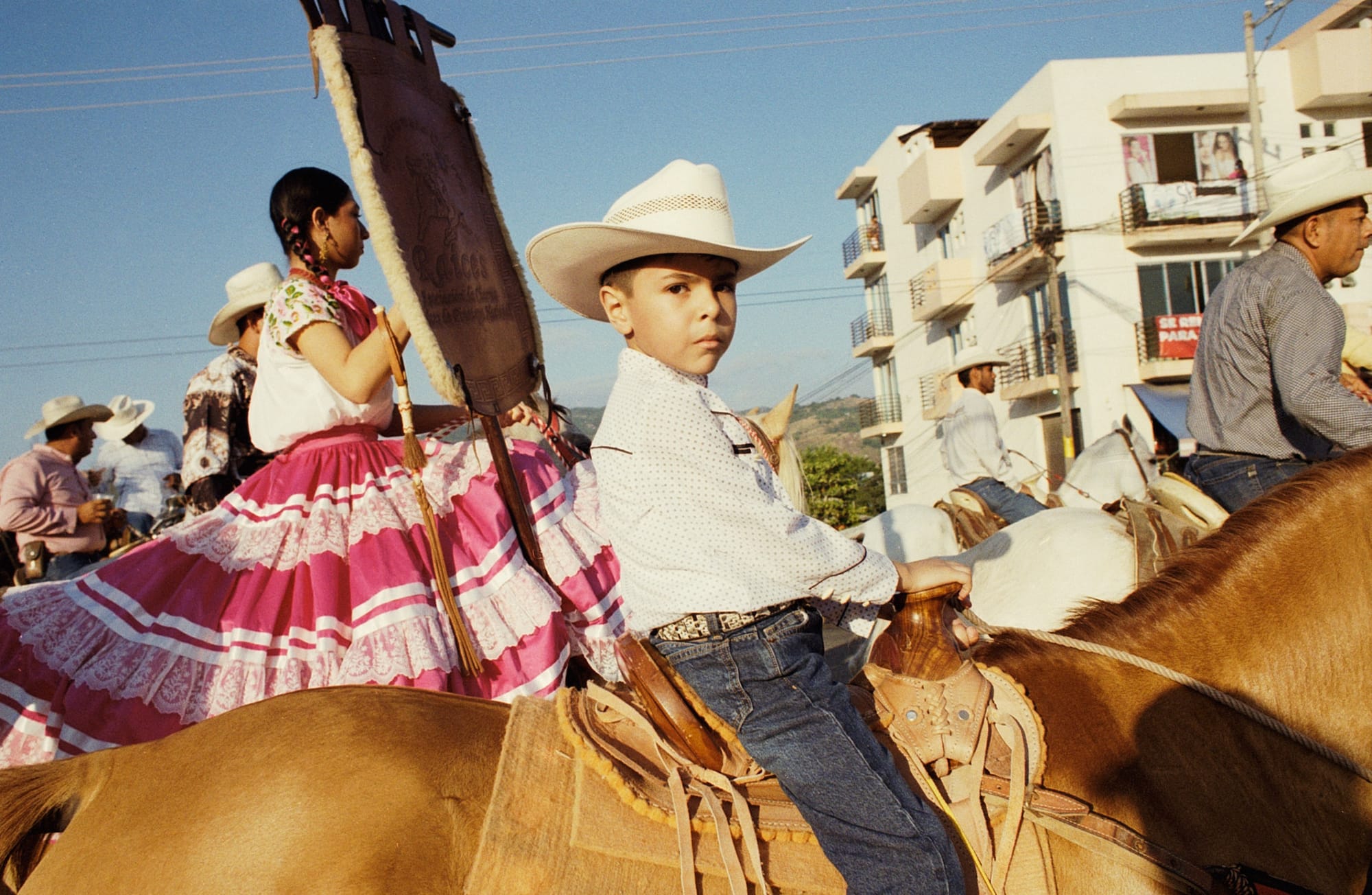
Pinotepa is pretty run of the mill in many ways. There's a cathedral and central plaza that are pretty by American standards, but not by Mexican ones. The market is lively and full of delicious food, but you get that everywhere in the country. I guess what makes Pinotepa special is the Costa Chica culture and the fact that I was one of the only forigners to ever live there.
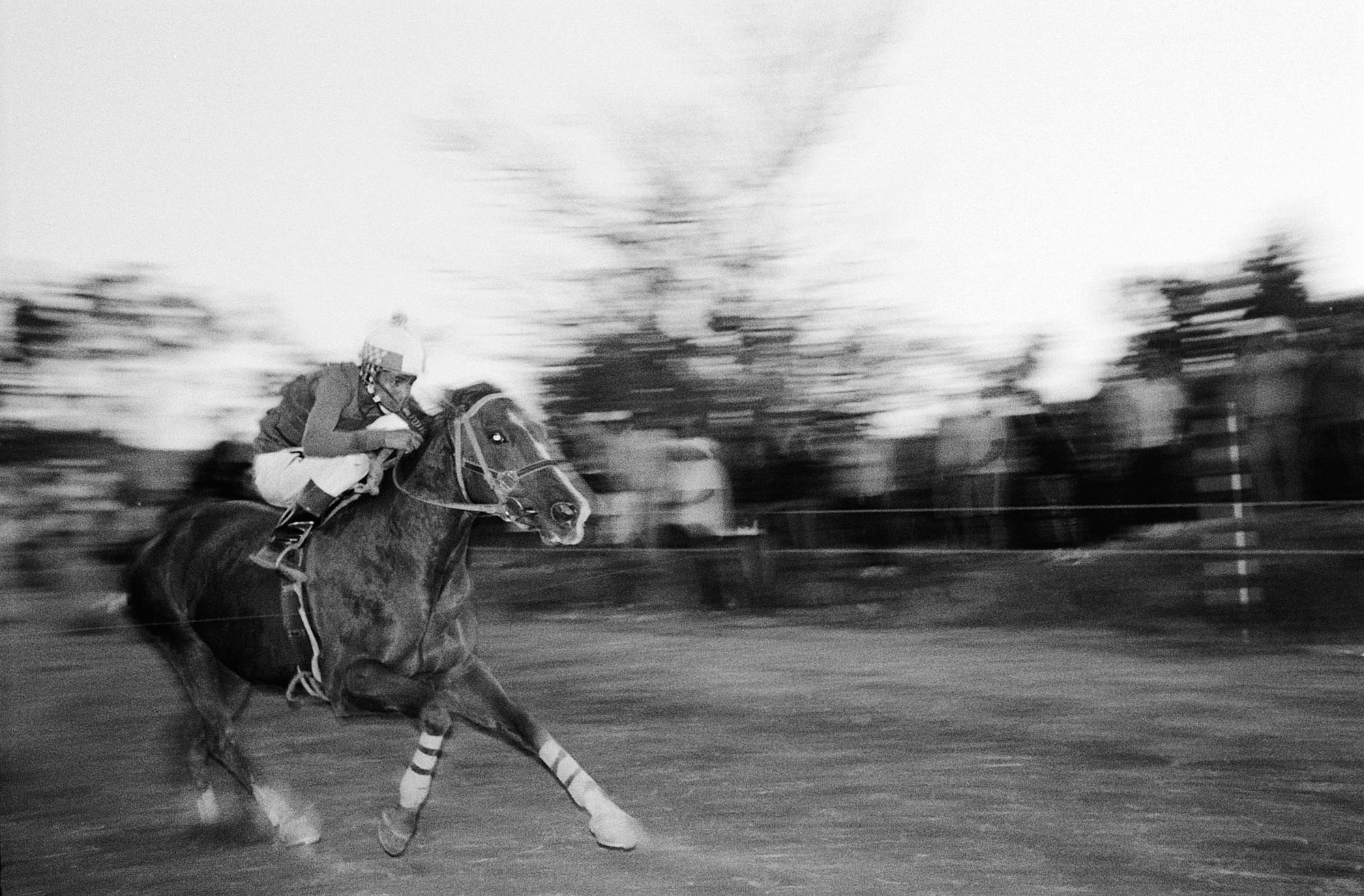
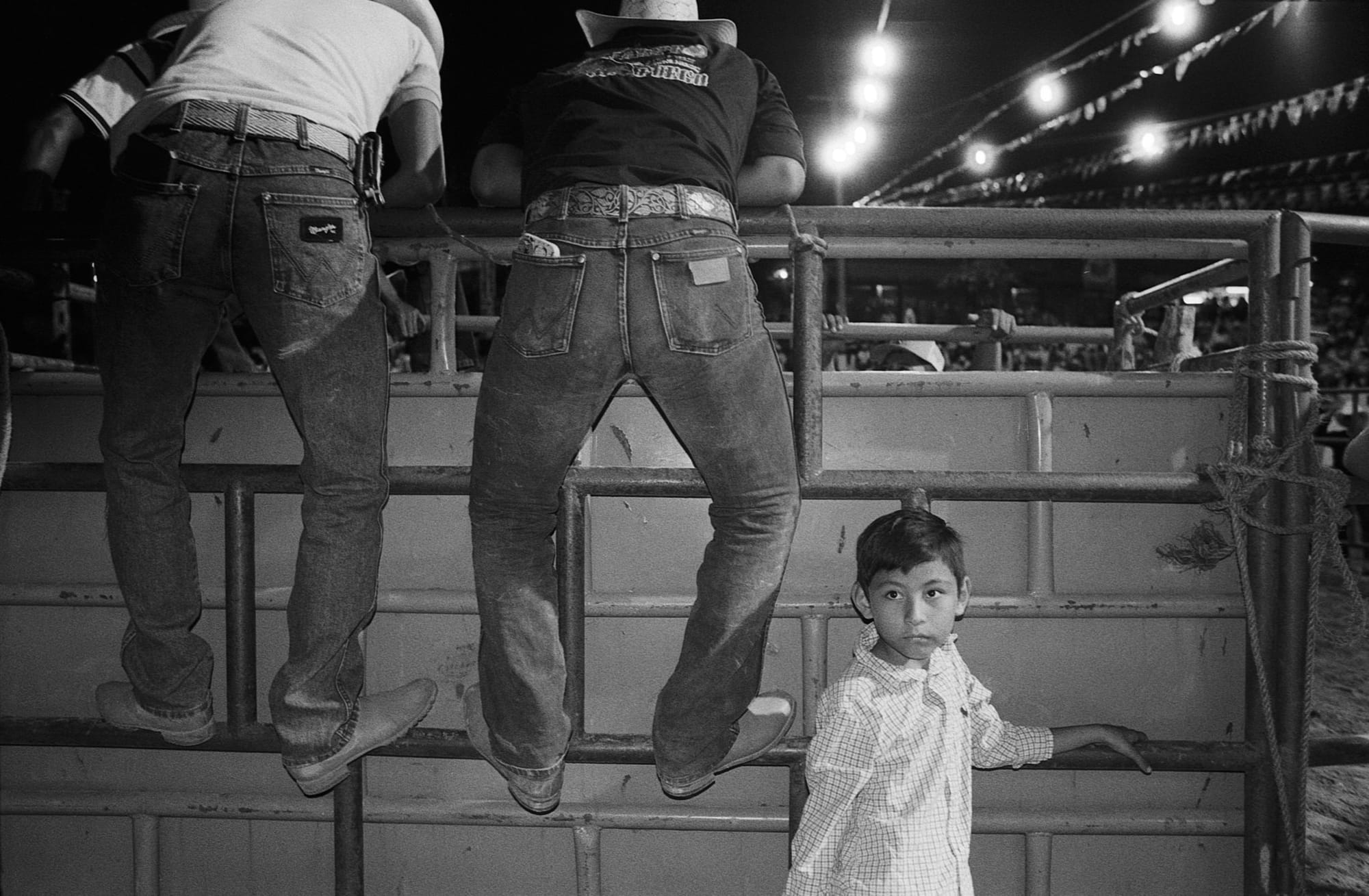
I'm having a hard time putting the culture into words. People are generally louder than elsewhere in Mexico, less inhibited, and somewhat provocative.
When you ask locals what makes them different, they'll often tell you that coastal people are "arrecho". "Arrecho" is, first of all, a word other Mexicans never use. It's much more common in the Caribbean and South America, and it means something like "horny" or "frisky." This is true in my experience. The Costa Chica is the only part of Mexico where woman regularly hit on me, and often in a very vulgar fashion. And while most modern Mexican music centers around honor and heart break, the rhythmic songs of the Costa Chica are about sex. One ubiquitously played song in the region is called "The Thick Snake." It's about a beautiful neighbor who wakes up to find a snake in her bed. She let's out a shriek when she grabs it by the head and realizes how thick it is.

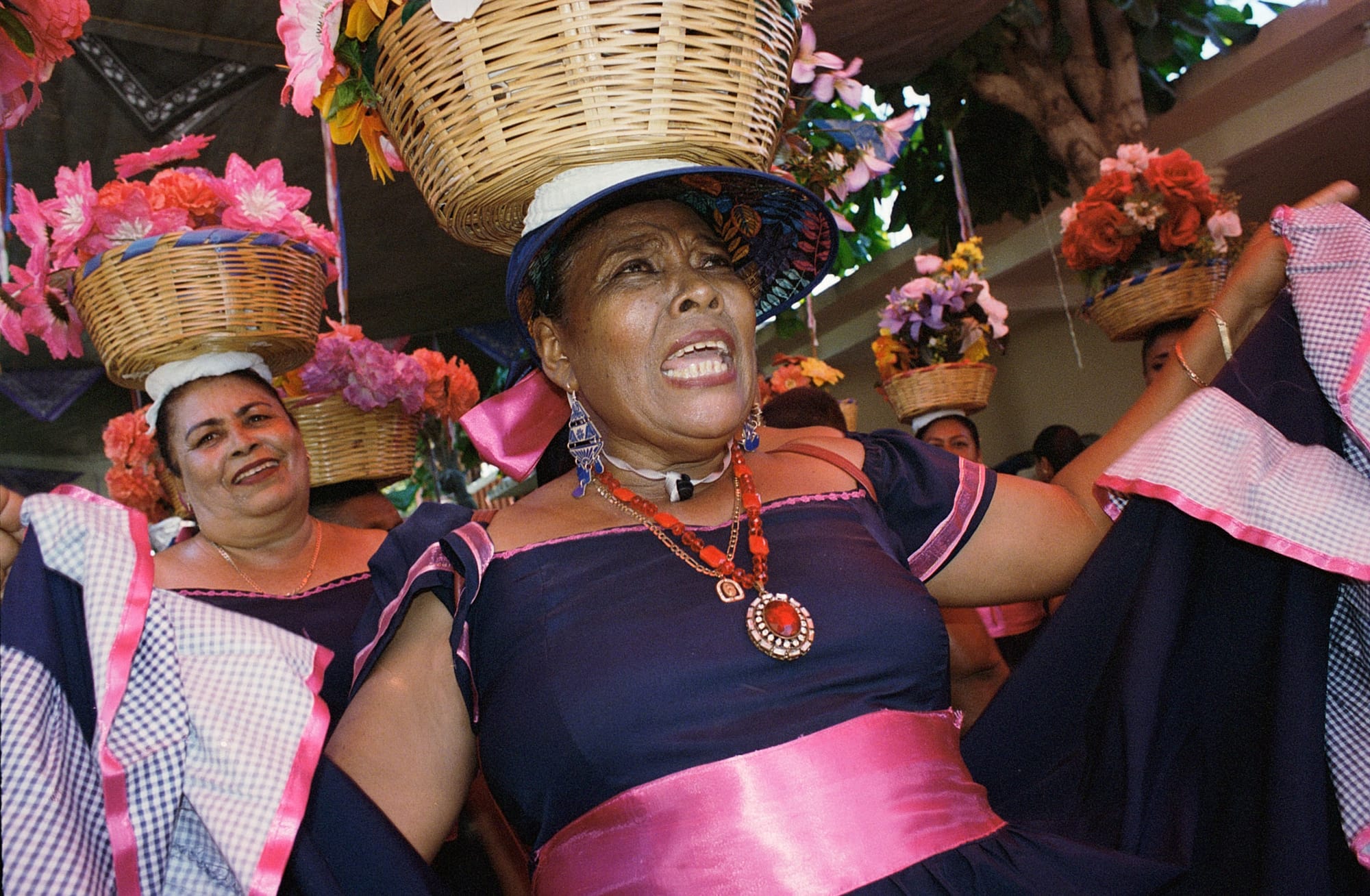
The Costa Chica is really the only part of Mexico that boasts any sizeable Afro-Mexican population. There are a lot of theories as to why a Black identity was perserved there while it faded into the mestizaje throughout the rest of Mexico. The region's isolation probably played a big role: the highway only arrived in the mid 70's.

The Black identity is most apparent in region's non-Mixteco small towns (the Mixteco are the indiginous people of the region). People call these towns "Los Pueblos Negros".
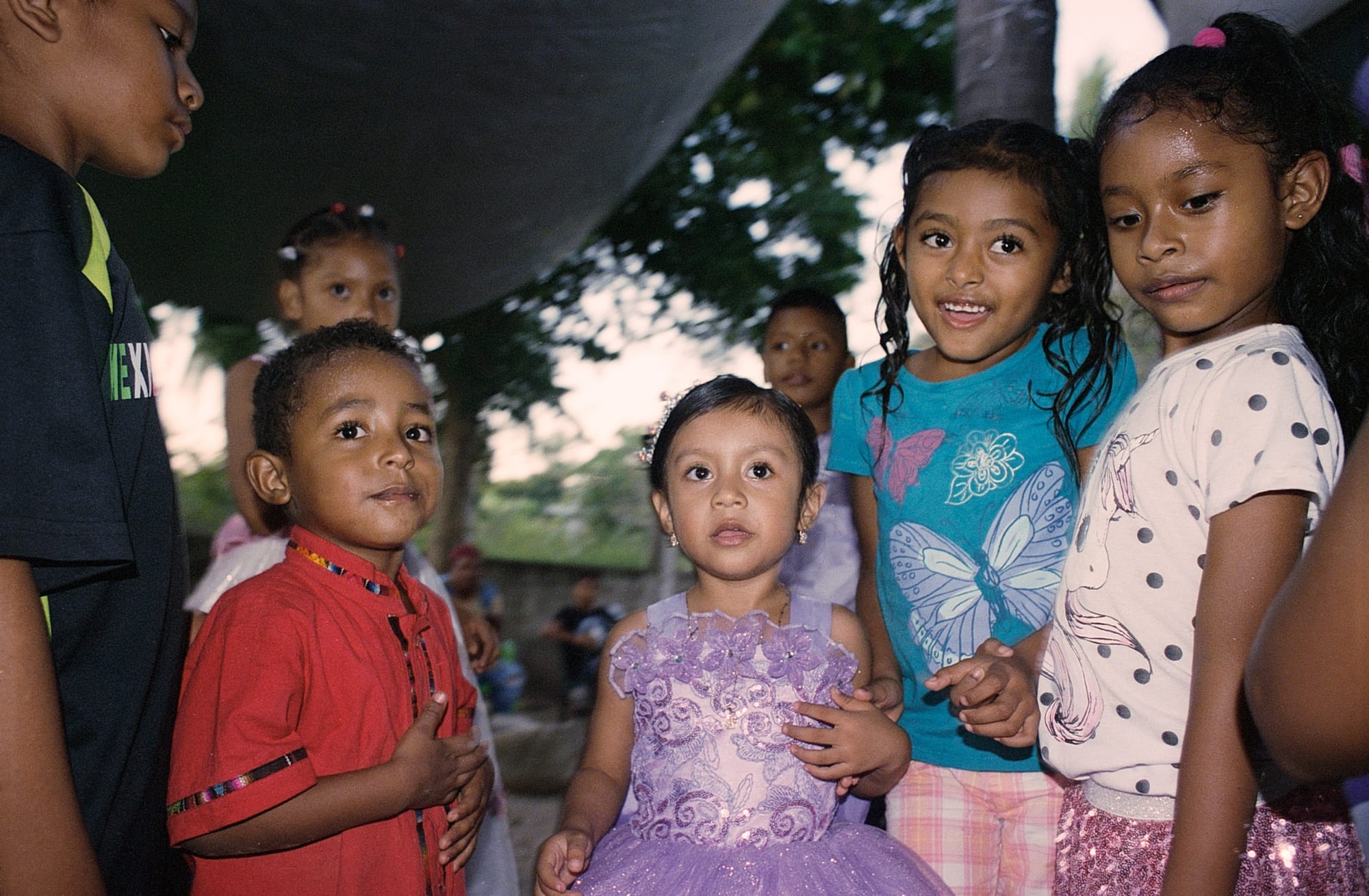
The existence of these towns and their people is not common knowledge in Mexico, not even among the university educated. Many Black Mexicans have told me that when they go to other parts of Mexico, people don't believe they're Mexican. The many people who have told me these stories have also told me they usually find these experiences amusing, so long as they don't sense any hostility.
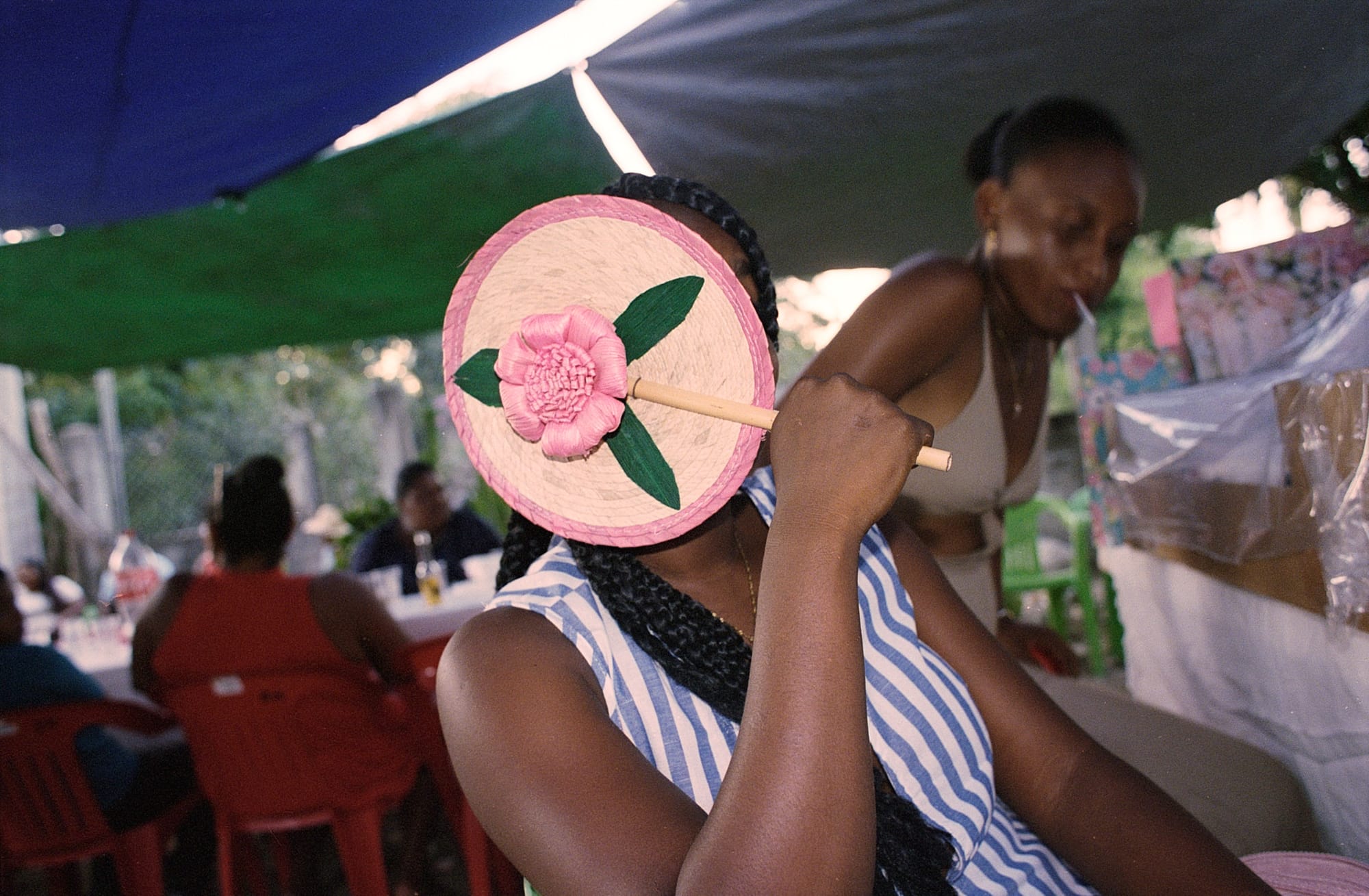
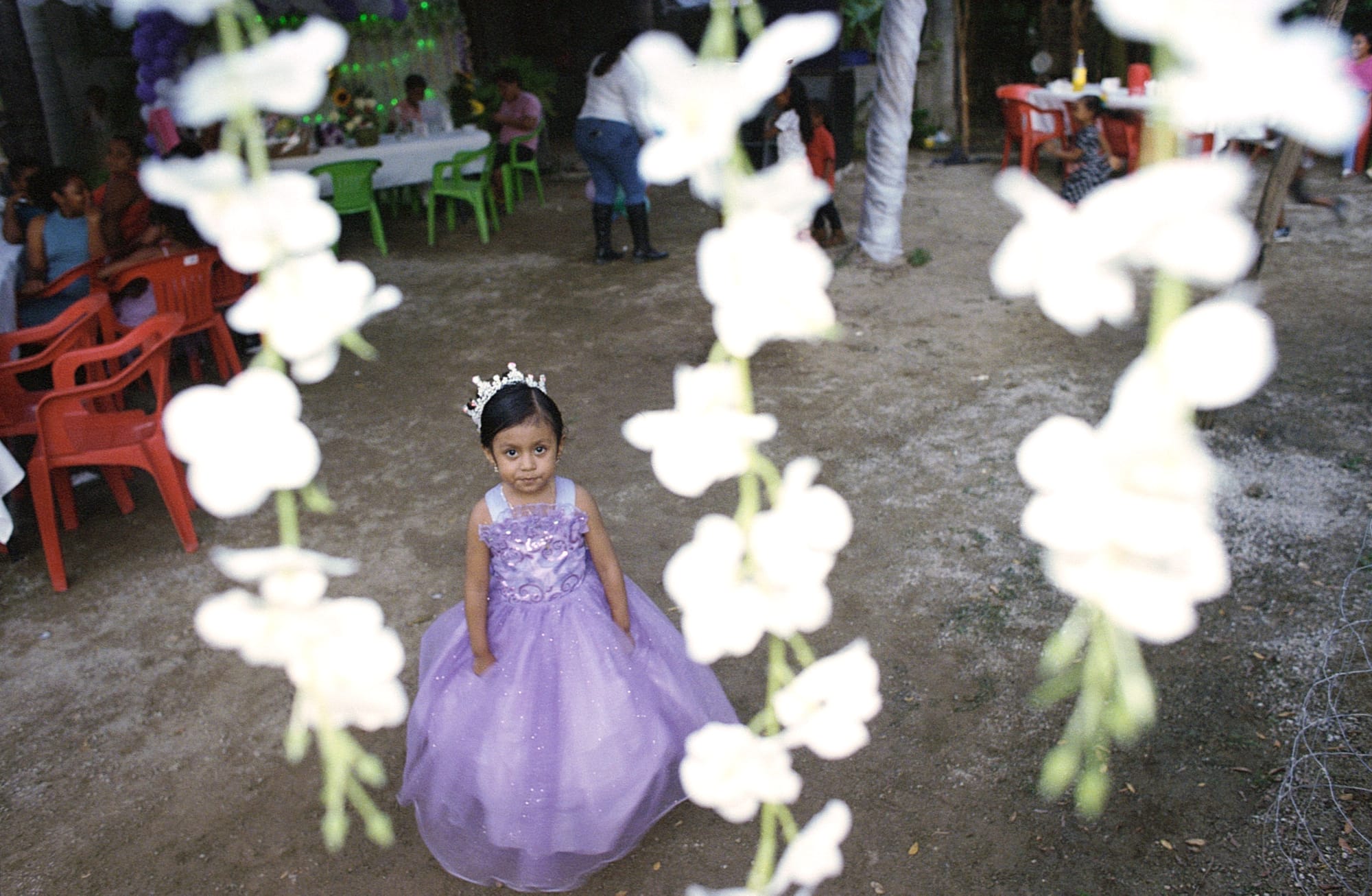
There are some specifically Afro-Mexican traditions. The most emblematic is "La Danza de los Diablos", the dance of the devils. Men dressed as devils line up, dance, throw themselves to the ground, as a man with a whip walks up and down, and another man dressed as a woman struts around sexually harrasing members of the audience. Origin theories abound. Some say the dance was concieved to make fun of the plantation owner and his promiscuous wife. This makes sense to me.
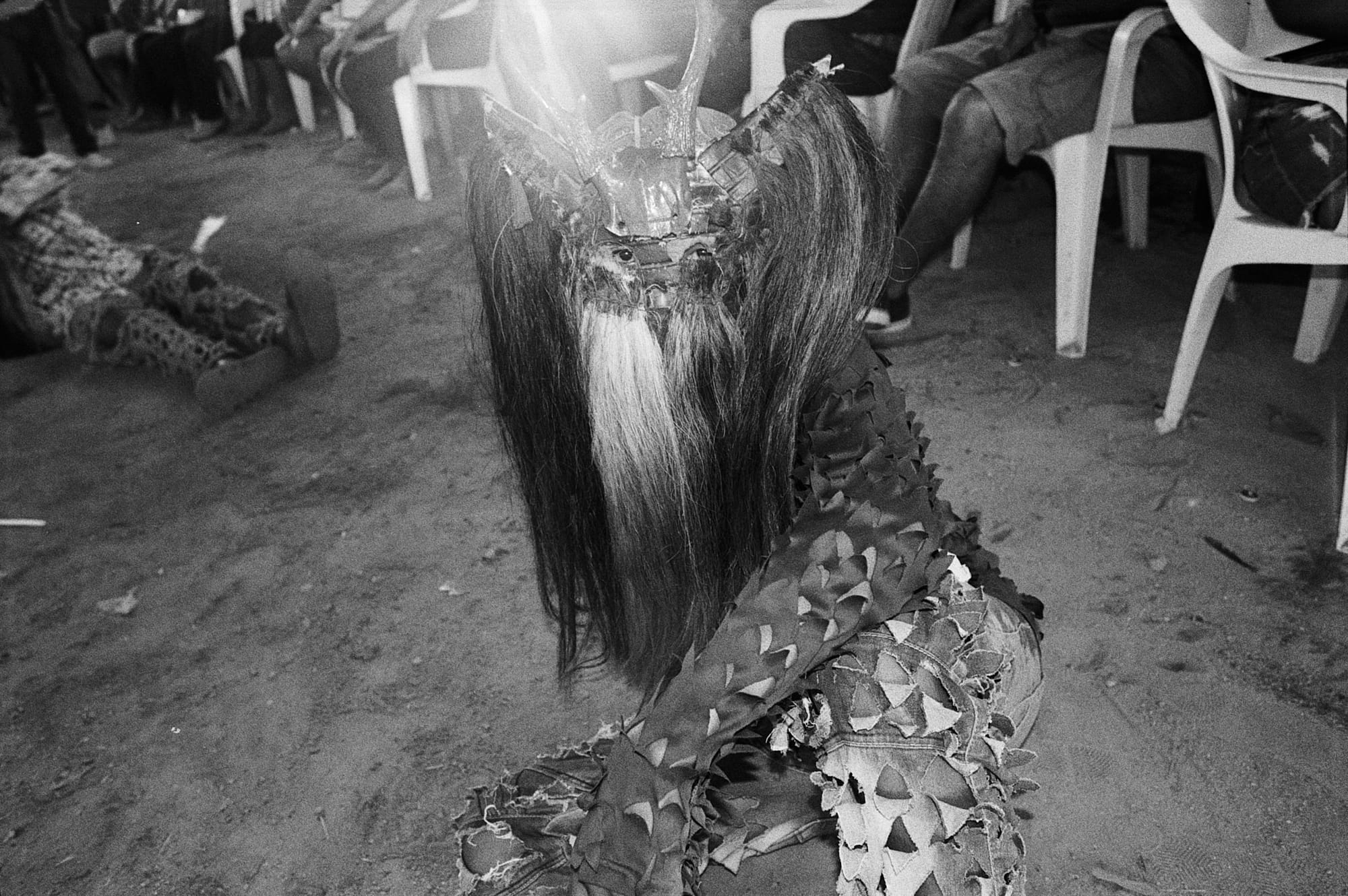
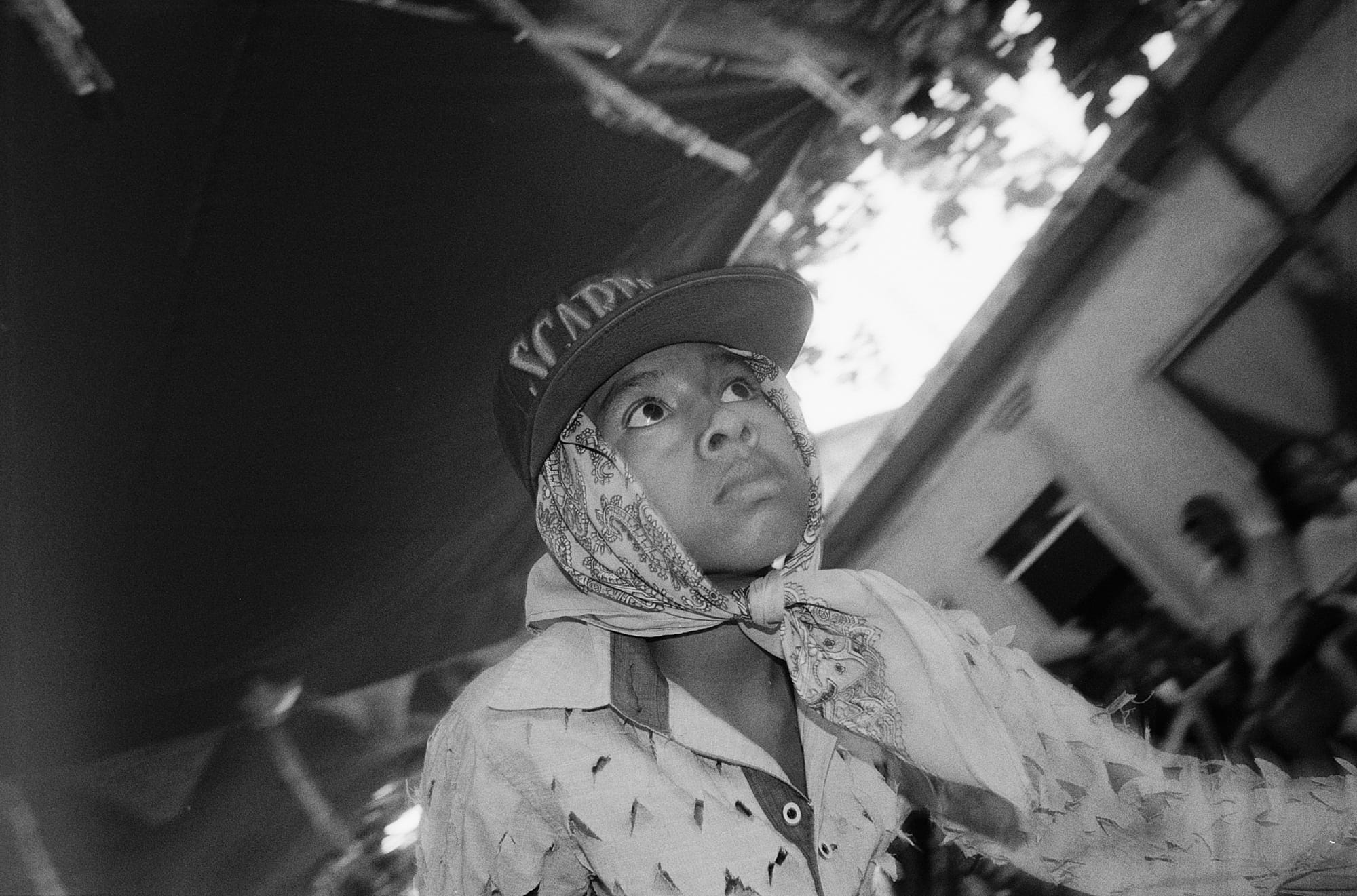
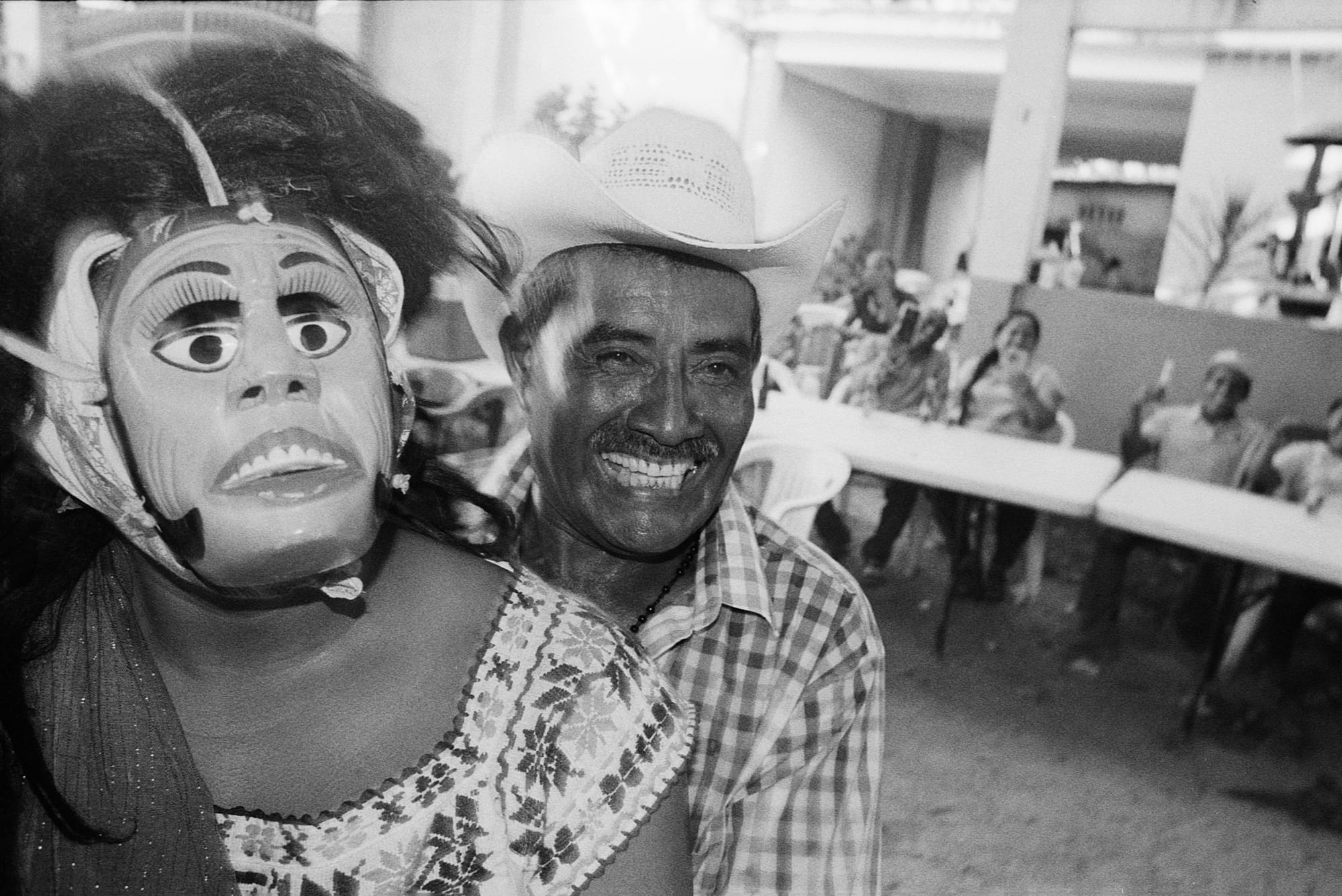
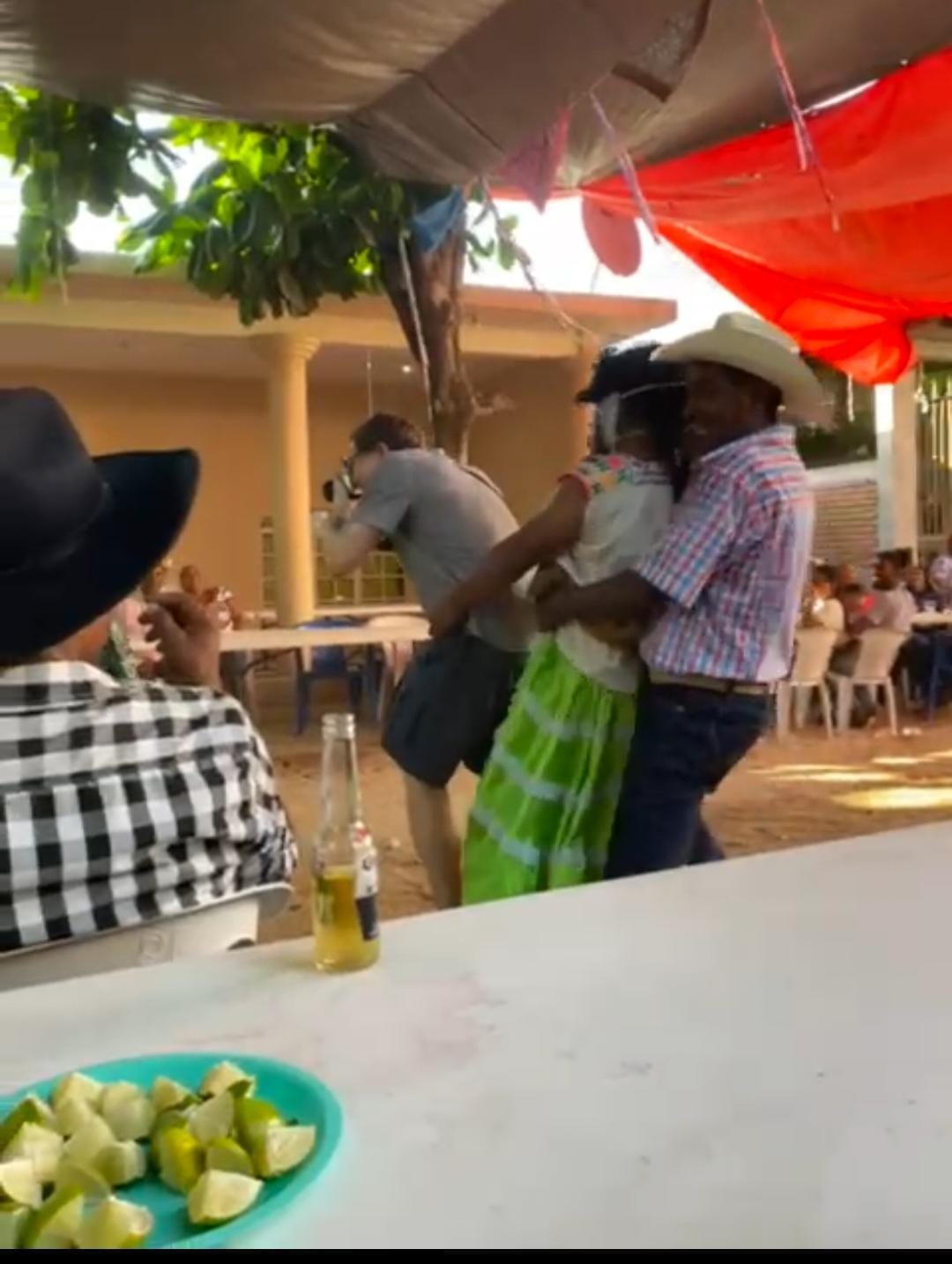
The Costa Chica of Guerrero has been plagued by violence for a longtime, but the Oaxaca side was pretty safe until about 7-8 years ago. I don't know what exactly changed 7-8 years ago. Most of the violent crime nowadays is related to the meth trade.
Stats are hard to come by, but it seems to have gotten worse since I left in 2022. Many of Los Pueblos Negros are especially bad. I was told that in Novemember alone, 11 men had been killed in Collantes, Oaxaca. That's pretty incredible considering it's a town of probably like 3,000 people.
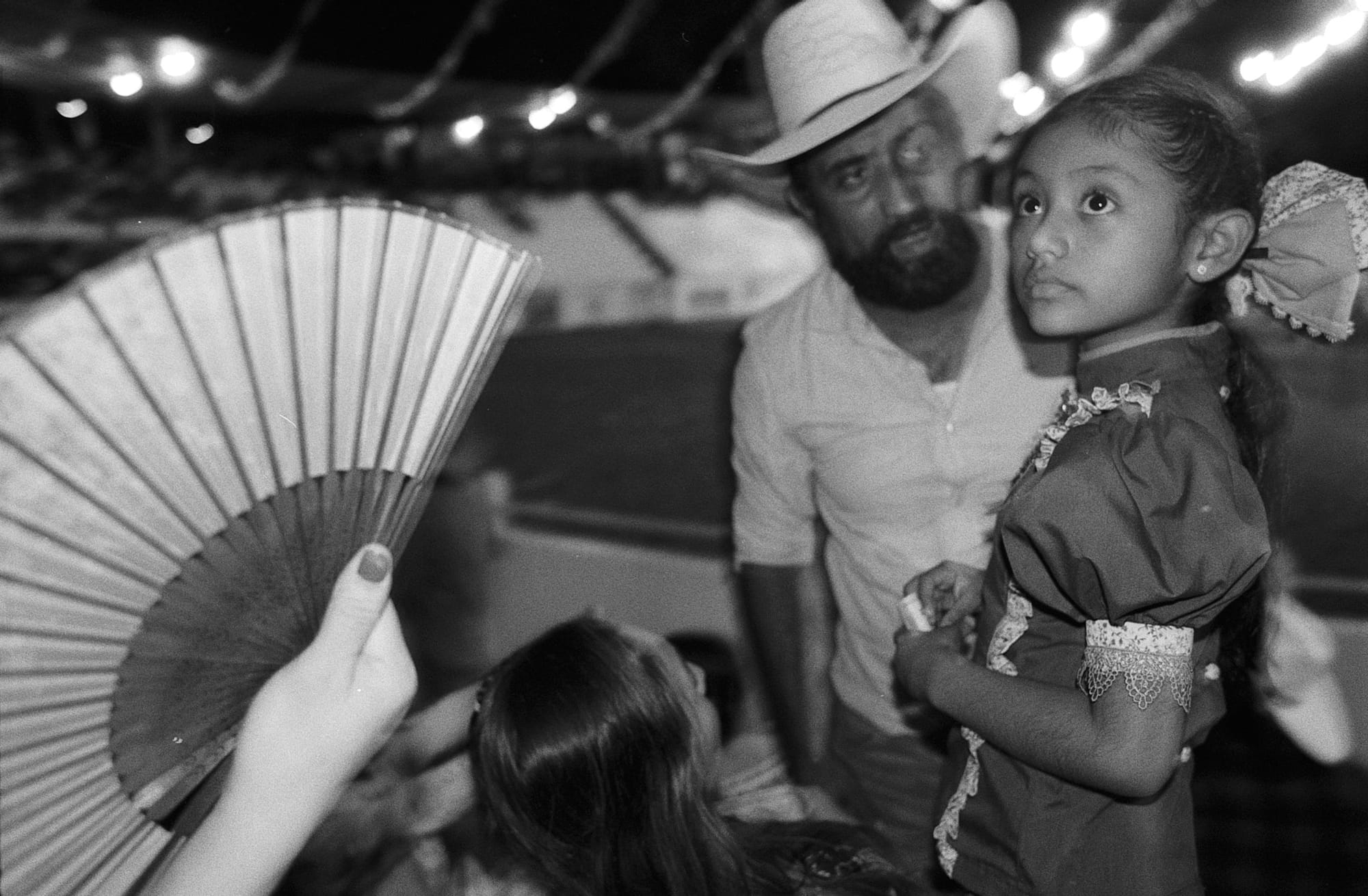
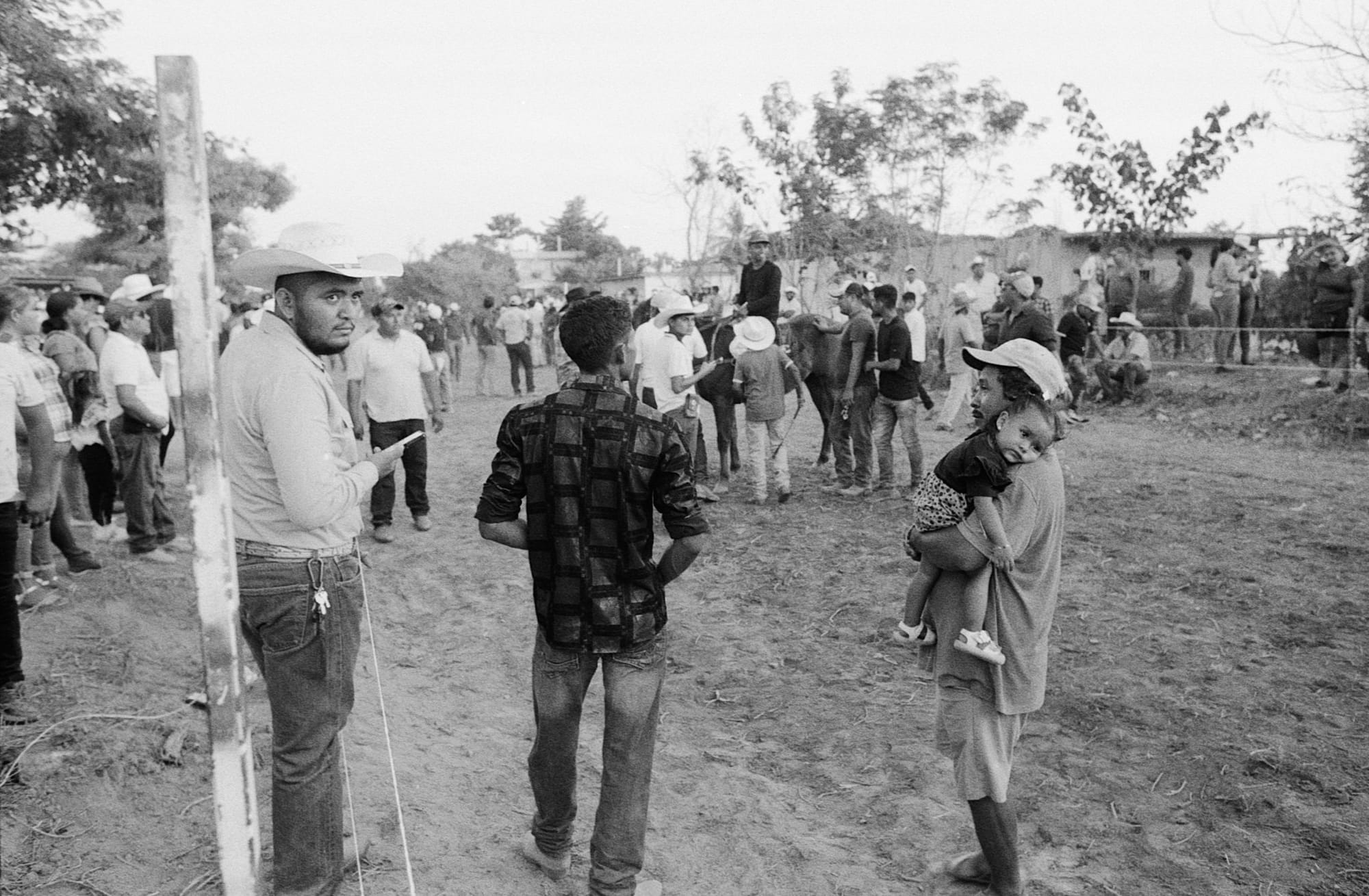
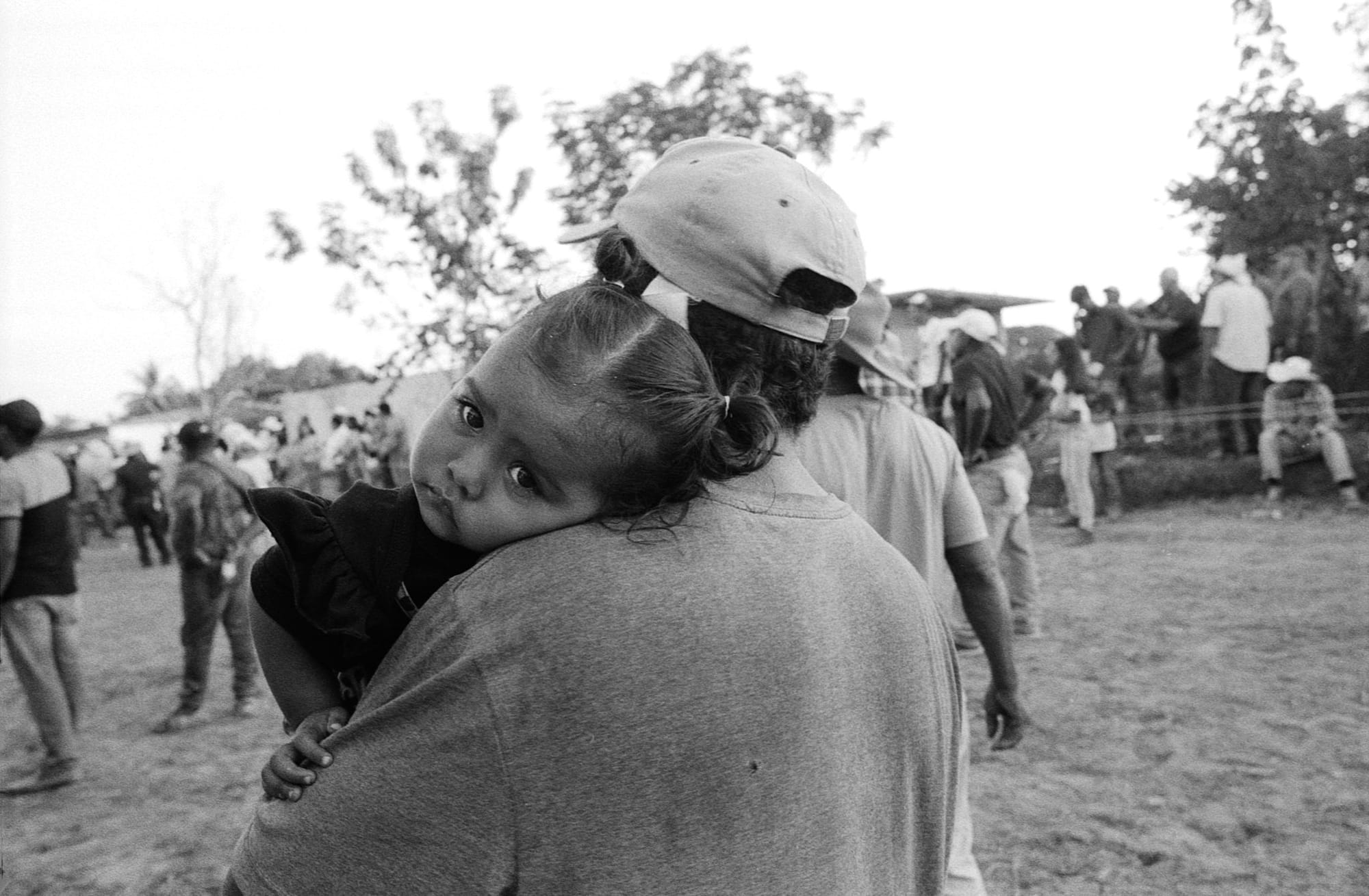
I'm Selling T-Shirts
I'm raising money to go to Colombia's Carribean coast in a couple weeks to photograph Carnaval in a small town. I think I can do the trip with around $300. You people reading this have already done a lot to support my work, so no pressure.
The shirts are pretty cool though. My friend Nick made the first design from a contact sheet of mine of stunt bikers in Medellin. The other shirt is a photo of a friend of mine in Chisinau, Moldova. Both are printed on a heavy weight cotton tee that doesn't shrink in the wash, based on my testing.
Here's the link if you're interested: https://throughtheglass-shop.fourthwall.com/


